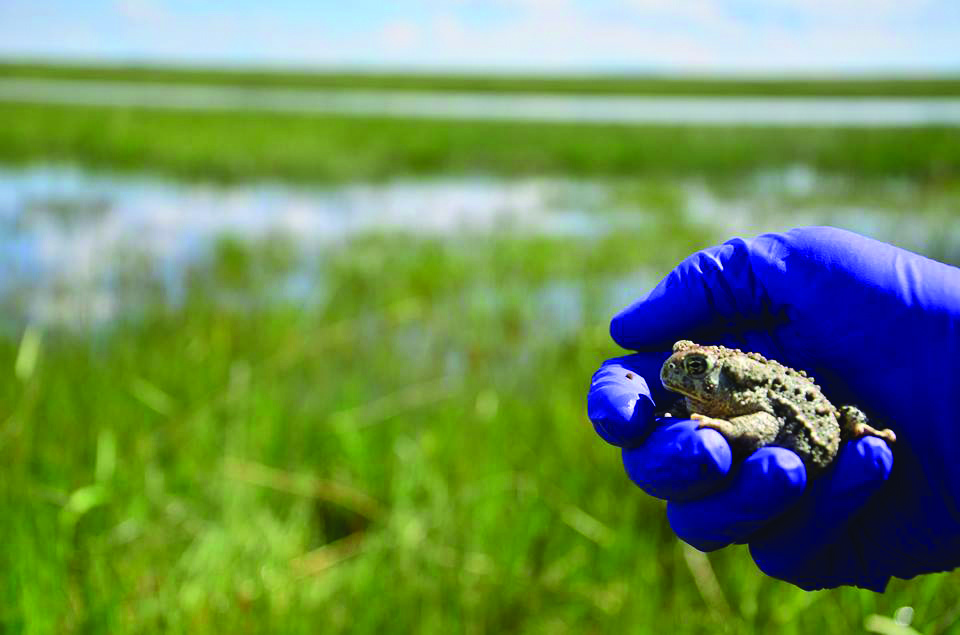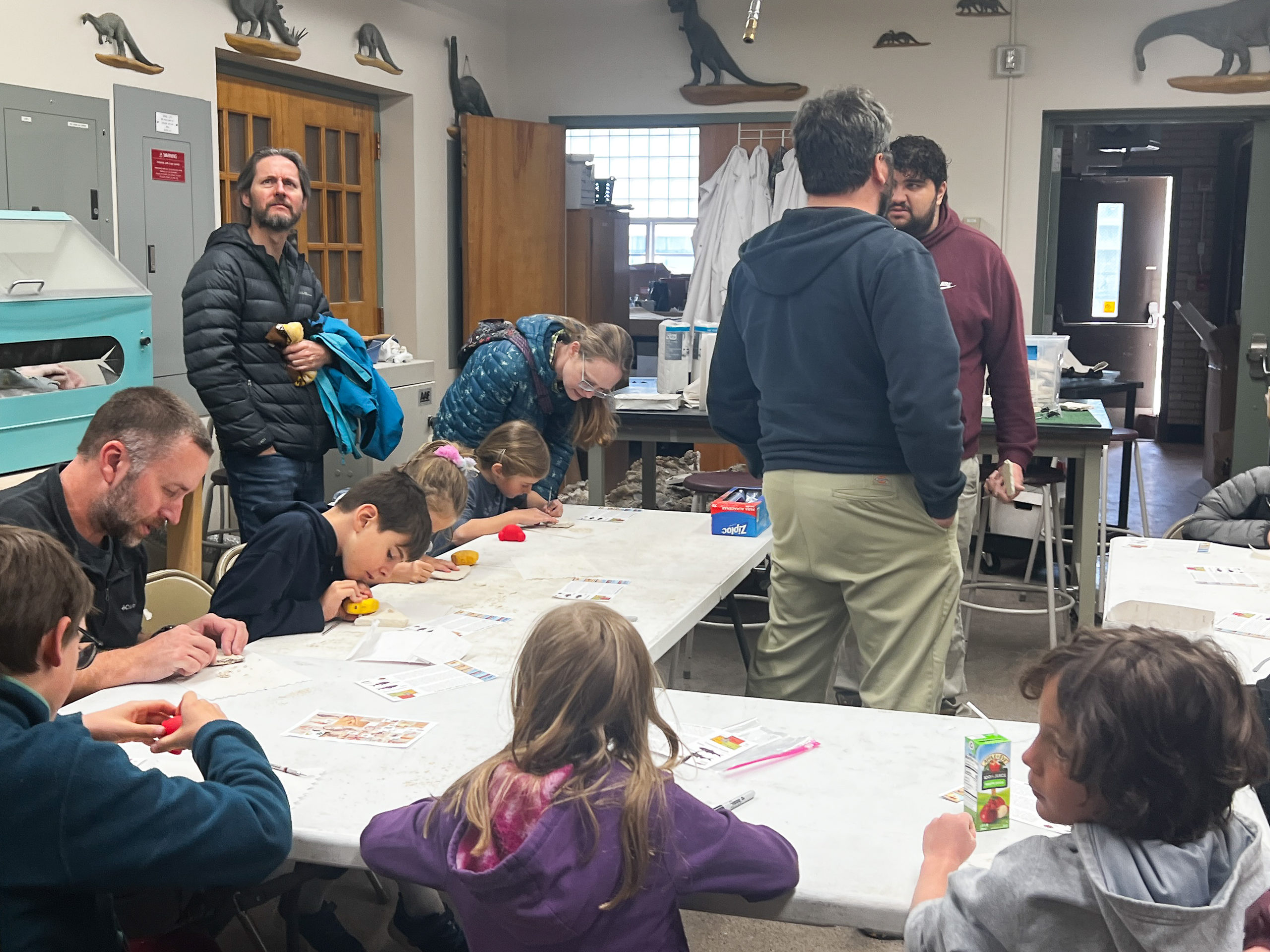Only found in Albany County, the Wyoming Toad is native to the area and is currently facing the effects of chytrid fungus, causing a decline in populations.
Since the 1970’s, the time of the first major decline, the population status of the Wyoming Toad has been of concern. While the fungus has been around for a long time, it has only been described by scientists about twenty years ago, said Lizzy Mack, a Fish and Wildlife Biologist with the U.S. Fish and Wildlife Service.
“The fungus attacks their sink, through which amphibians regulate water,” Mack said. “They can drink and breathe through their skin. When it gets infected it is really bad. They have an intense imbalance of water and electrolytes which causes them to have heart attacks and die. You can very obviously tell when they are infected and when they are sick.”
Before the population decline, the Wyoming Toad was abundant. In the 1970’s a few scientists including George Baxter noted that they were not finding as many toads as before. The population completely collapsed and were thought to be extinct, Mack said.
In the early 1980’s some fisherman found toads at a private fishing club at Mortenson Lake, and biologists came to investigate. The remaining animals, only ten, were taken into captivity for breeding.
Through a nation-wide reintroduction program, the toads are bred in captivity in different zoos and national fish hatcheries. These toads are then shipped to Laramie for release. In the past few years there has started to be higher numbers, Mack said.
“We have started seeing higher population numbers and wild breeding events recently, but we still have a long way to go. We want them to be a self-sustaining population as our ultimate goal,” said Mack. “When we do that we can remove them from the Endangered Species Act.”
When researching the conditions of the Wyoming Toad an Associate Professor of Ecosystem Science and Management in Spatial Ecology, Melanie Murphy, participated in research concerning the habitat of the toad. She has been doing research on the Wyoming Toad for the past eight years and has worked with several graduate students on this subject as well.
“From an ecosystem standpoint the effect we would expect to see of losing the toad, kin of functionally, they’re gone hopefully they will come back,” Murphy said.
Amphibians act as an indicator species. This means that when there is something wrong with the environment amphibians are the first to go along with grass land birds, said Mack.
The toads are effective energy transfers, allowing for them to live on a smaller diet. The decrease in the Wyoming Toad population has had an effect throughout the ecosystem as they are the prey of many animals. Those preying on the toads will have to shift to other food sources that will be less efficient for energy transfer.
In the course of these studies and rehabilitation of the Wyoming Toad there has been great coordination with the community as well as private land owners. Without their cooperation, the rehabilitation of these toads would be nearly impossible, said Mack.
“We have had such a positive experience [with private landowners],” Mack said. “We have five reintroduction sites, four of which are on private land, only one is a refuge. It’s really been a positive influence. It’s a huge success story. I can’t say enough positive things about the land owners.”



